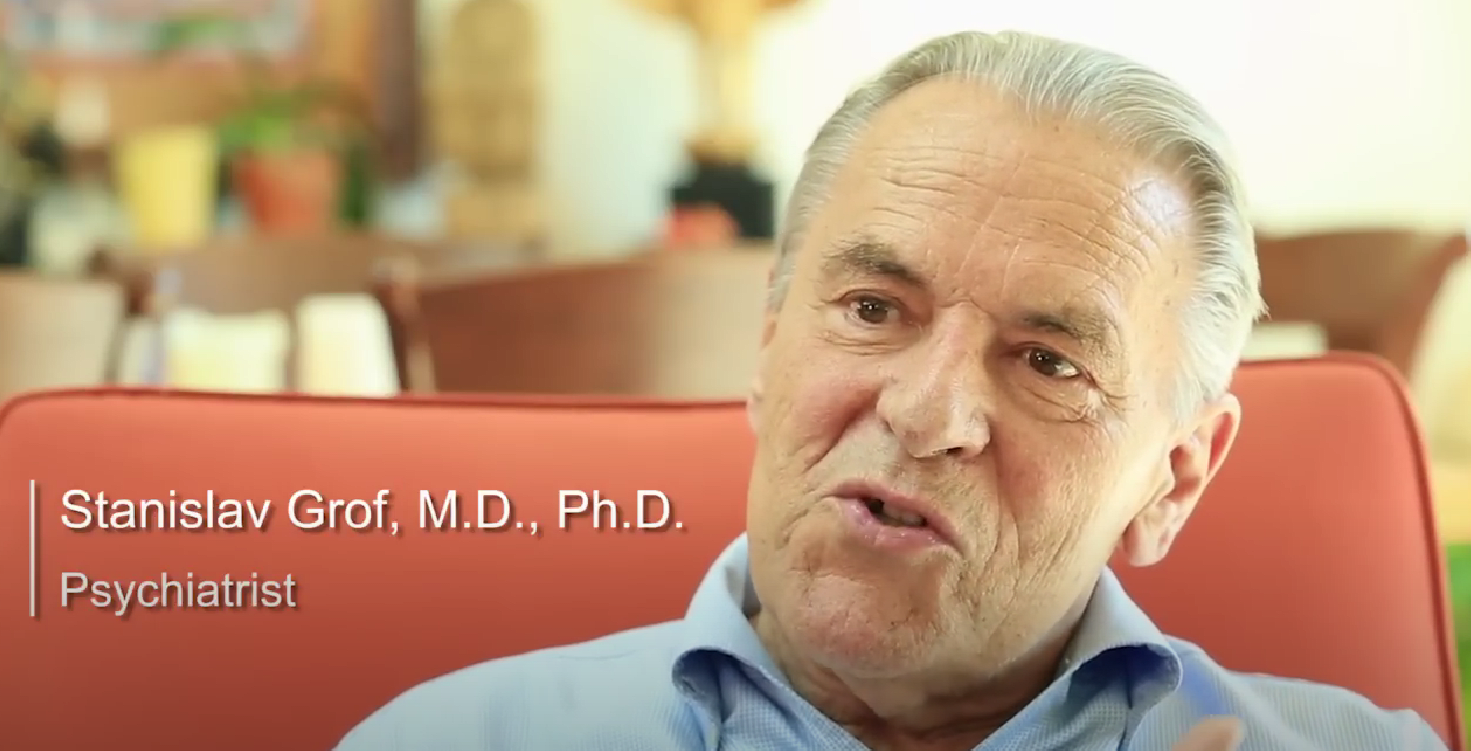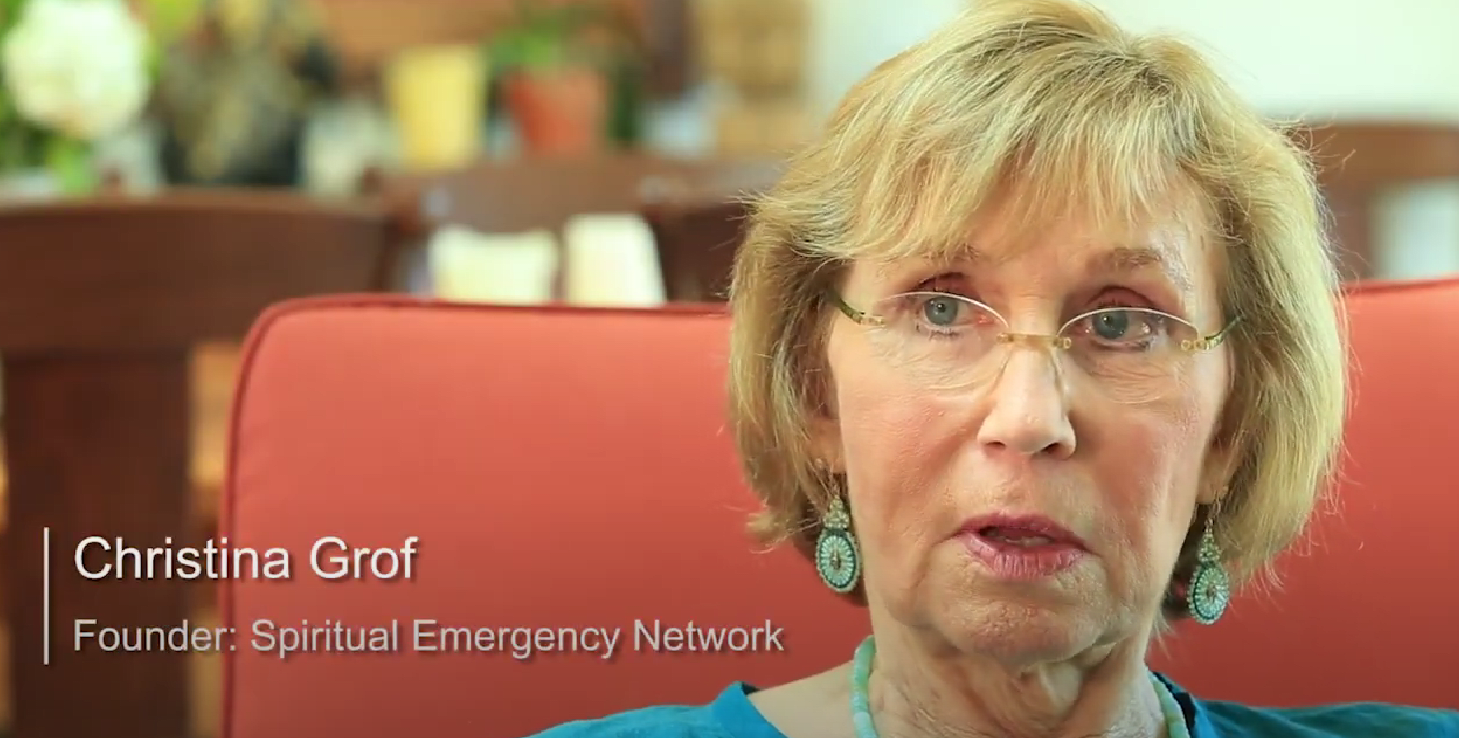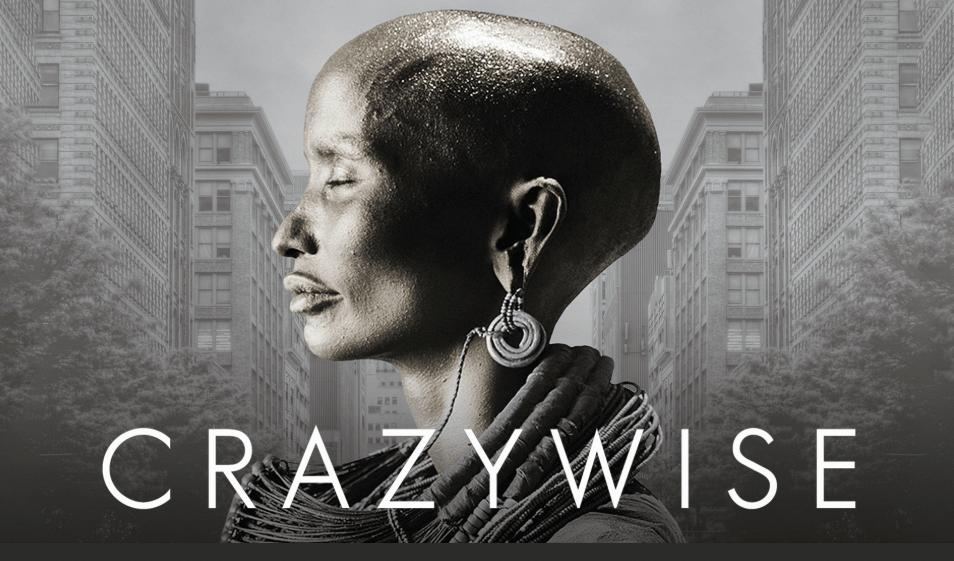What is Spiritual Emergency?
Spiritual emergency (SE) can be defined as critical and experientially difficult stages of a profound psychological transformation that involves one's entire being. They take the form of non-ordinary states of consciousness and involve intense emotions, visions and other sensory changes, unusual thoughts as well as various physical manifestations.
Episodes of this nature can be found in the life stories of shamans, founders of the great religions of the world, famous spiritual teachers, mystics, and saints. Mystical literature of the world describes these crises as important signposts of the spiritual path and confirms their healing and transformative potential. Mainstream psychiatrists do not differentiate psychospiritual crises, or even episodes of uncomplicated mystical experiences, from serious mental diseases, because of their narrow conceptual framework.
Academic psychiatry, being a sub-discipline of medicine, has a strong preference for biological interpretations, and uses a model of the psyche limited to postnatal biography and the Freudian individual unconscious. These are serious obstacles in understanding the nature and content of mystical states and the ability to distinguish them from manifestations of mental disease.
Below you can find some short videos that give some insight on Spiritual Emergency.
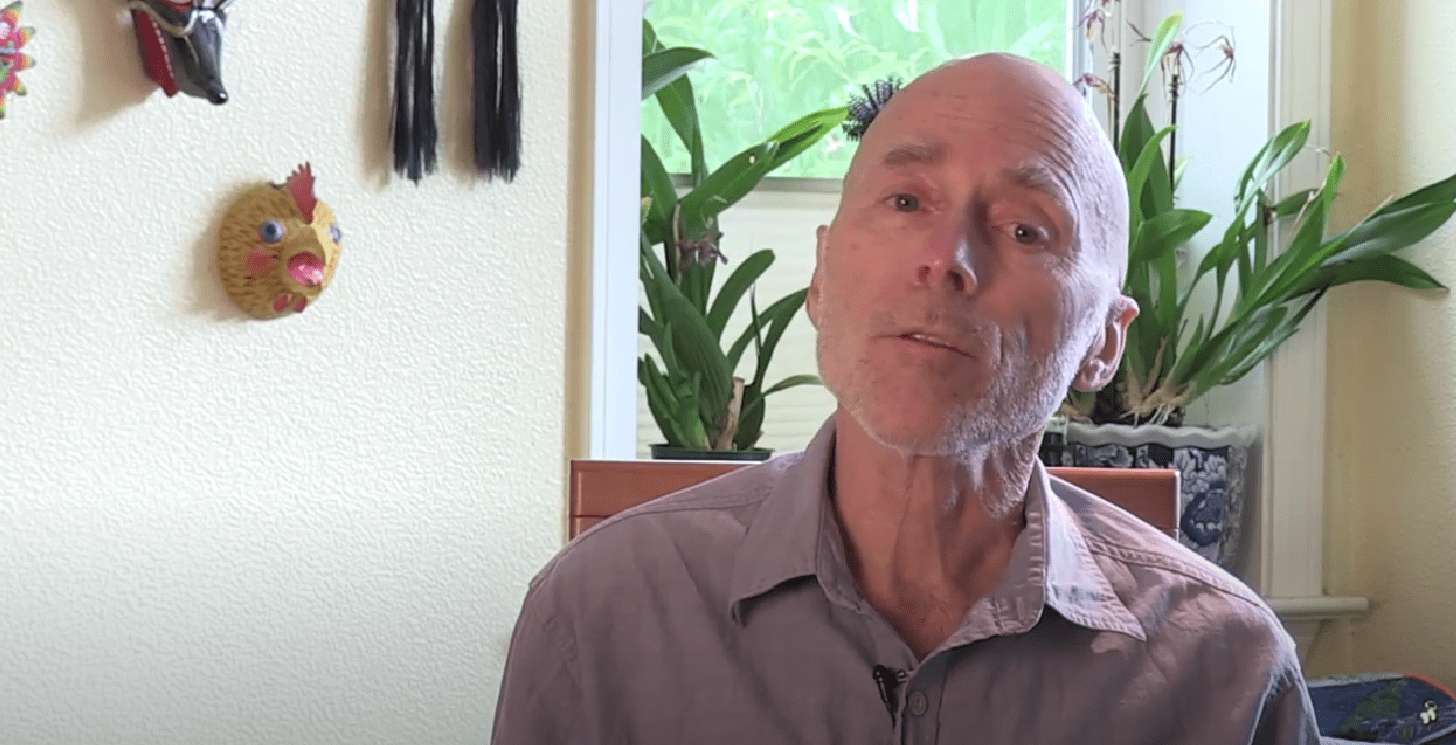
Dr. David Lukoff
Dr. David Lukoff, psychologist, shares his own story of spiritual crisis and helps us understand how a crisis like his can be mistaken for a mental disorder like bipolar disorder or schizophrenia.
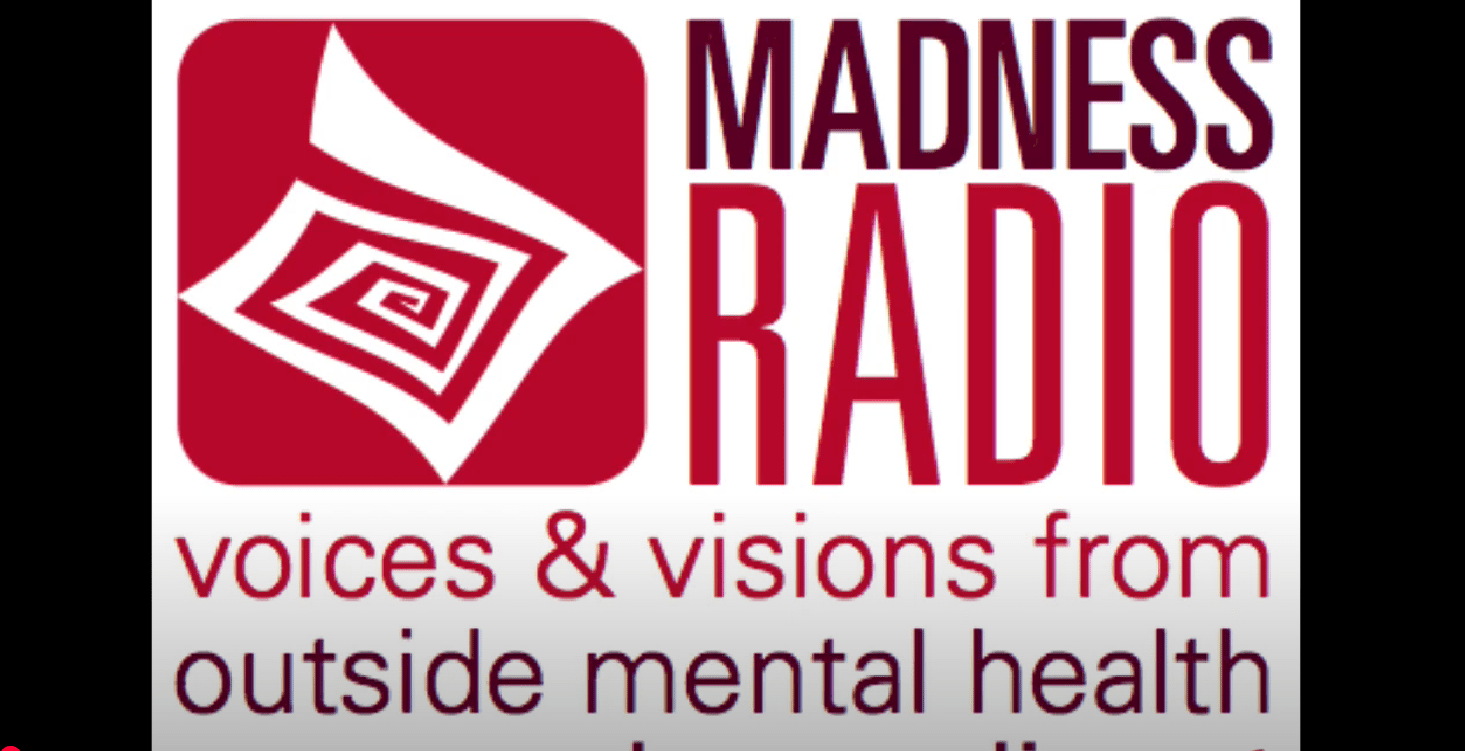
Sean Blackwell
Holotropic Breathwork facilitator and author of the book Bipolar or Waking up, on the potential of breathwork to heal Bipolar Disorder. He facilitates and conducts specific breathwork groups in Brazil, called Bipolar Breathwork, in which he uses Holotropic Breathwork in specific form in order to support people who were diagnosed with Bipolar Disorder. In this interview he shares how his own emotional crisis - that was diagnosed as bipolar - emerged into a spiritual awakening that enriched his life.
All the cultures in human history except the Western industrial civilization have held holotropic states of consciousness in great esteem. They induced them whenever they wanted to connect to their deities, other dimensions of reality, and with the forces of nature. They also used them for diagnosing and healing, cultivation of extrasensory perception, and artistic inspiration. They spent much time and energy to develop safe and effective ways of inducing them.
Stan Grof
